38,597,428 people said they were Irish alone or in any combination during the 2020 Census, making up 16.4% of the overall White alone or in combination population in the US, data from the US Census Bureau released on Thursday, September 21 reveals.
Irish is the third-largest group in the 'White alone or in any other combination' category in the US, following behind English (46.5 million) and German (44.9 million).
Rounding out the top five are Italian (16.8 million), Polish (8.5 million), and Scottish (8.4 million).

(United States Census Bureau.)
Irish is also the third-largest group in the 'White alone' category, with 10.9 million people.
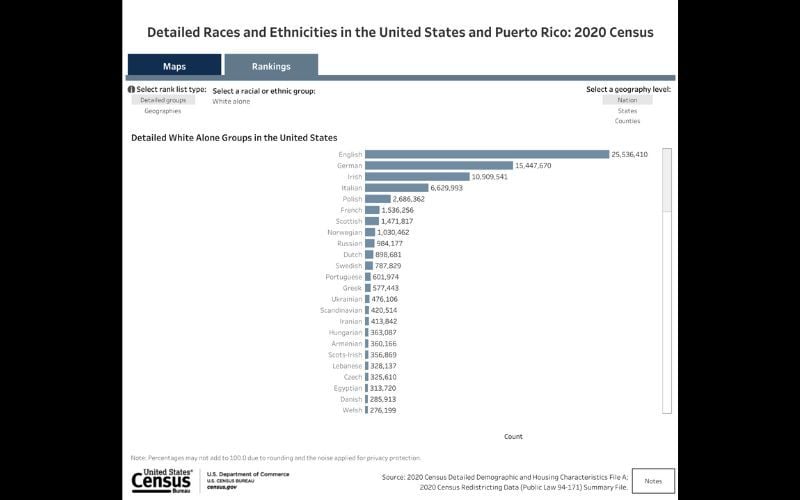
(United States Census Bureau)
Together, the English, German, and Irish alone or in any combination populations made up over half of the White alone or in combination population in 2020, the US Census Bureau noted.
At the state level, California has more people who indicated that they are 'Irish alone or in any combination' in the 'White alone or any other combination' category with 3.3 million.
New York followed with 2.5 million, followed by Pennsylvania with 2.2 million, Texas with 2.1 million, and Florida with 2.1 million.
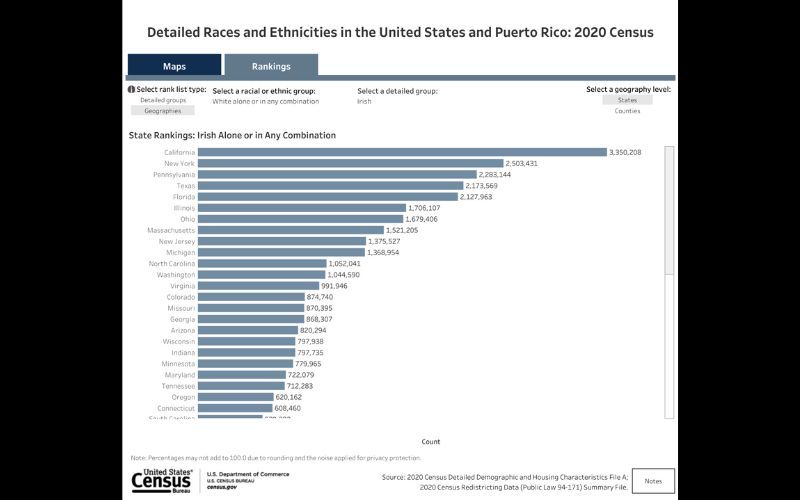
(United States Census Bureau)
In the 'Irish alone' section of the 'White alone' category, California (803k) and New York (730k) still come out on top, but Florida moves into third place with 692k people who indicated that they are Irish, followed by Texas (669k) and Pennsylvania (601k).
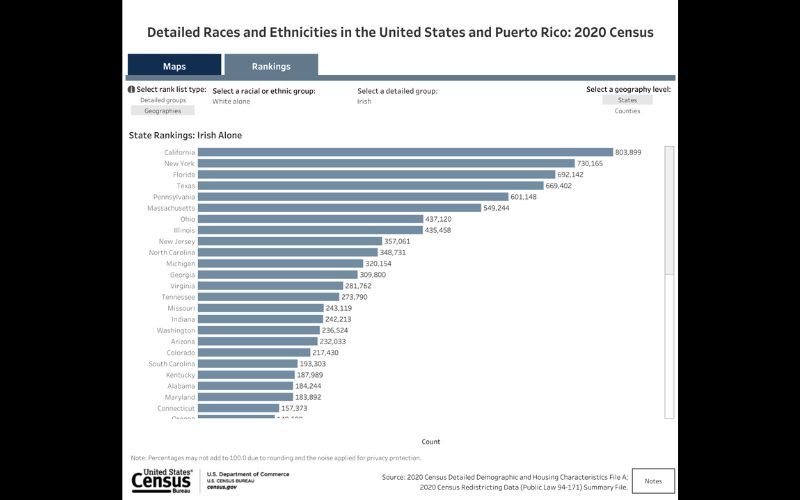
(United States Census Bureau)
At the county level, Cook County in Illinois has the most people who indicated that they were 'Irish alone or in any other combination' with 567k. It's followed by Los Angeles County in California (545k), Maricopa County in Arizona (514k), Middlesex County in Massachusetts (357k), and San Diego County in California (356k).
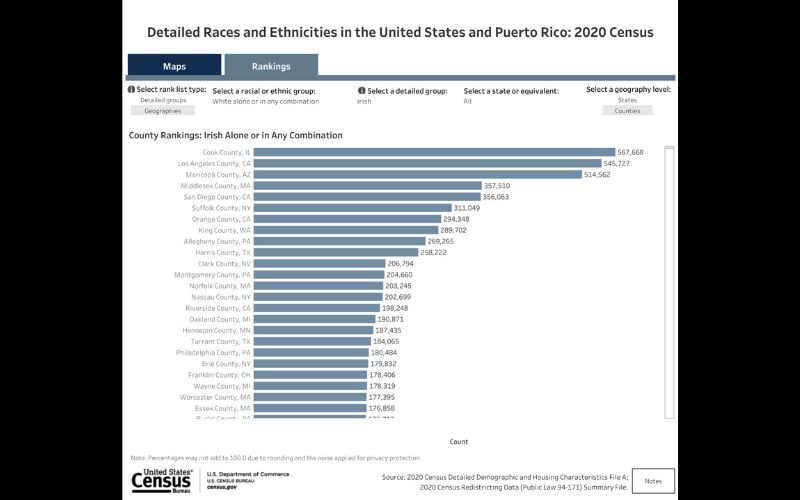
(United States Census Bureau)
In the 'Irish alone' section of the 'White alone' category, Cook County remains on top with 150k, Maricopa County moves into second with 140k, followed by Los Angeles County with 123k, Middlesex County with 121k, and Norfolk County in Massachusetts rounding out the top five with 88k.
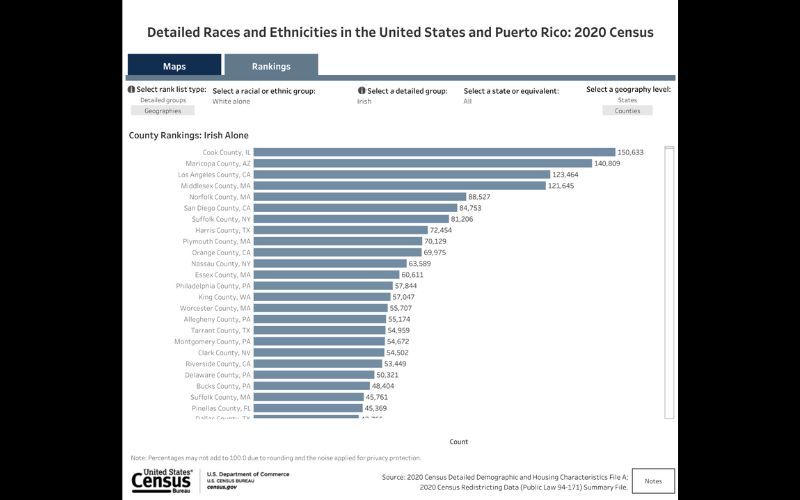
(United States Census Bureau)
Elsewhere in the release published on Thursday, 5,181 people indicated that they were 'Northern Irelander' in the 'White alone or in any other combination' category, and 1,611 said they were Northern Irelander in the 'White alone' category.
The US Census Bureau said on Thursday that data from the 2020 Census Detailed Demographic and Housing Characteristics File A (Detailed DHC-A) shows 2020 Census population counts and sex-by-age statistics for 300 detailed race and ethnic groups, as well as 1,187 detailed American Indian and Alaska Native (AIAN) tribes and villages.
The release on Thursday includes information about more than 200 detailed race and ethnic groups not tabulated from previous censuses.
The Bureau noted: "Among the highlights, the Detailed DHC-A reveals the largest detailed groups within the major race groups and the Hispanic population.
"For the race groups, data are available for both the race alone population and the race alone or in any combination population.
"The race alone population represents the minimum number of people who identified as that group. It includes those who reported only one response, such as only Fijian.
"The race alone or in any combination population represents the maximum number of people who identified as that group. It includes those who reported only one response, such as Fijian, and those who reported multiple responses, such as Fijian and Japanese or Fijian and Black or African American.
“These 2020 Census data illuminate the rich diversity across our nation,” said Rachel Marks, chief of the Census Bureau’s Racial Statistics Branch.
“We have this comprehensive picture thanks to the millions of people who responded to the census and provided their detailed racial, ethnic, or tribal identity, and thanks to the stakeholders, researchers, and tribal leaders who helped us improve how we collect these detailed data.”
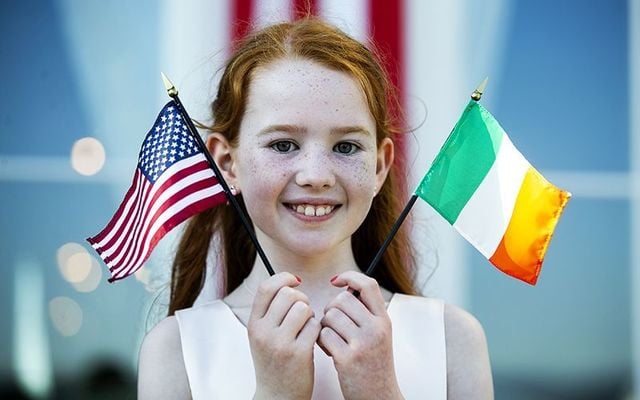

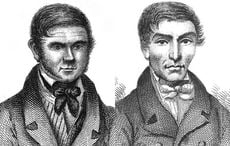
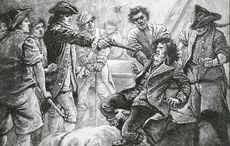
Comments